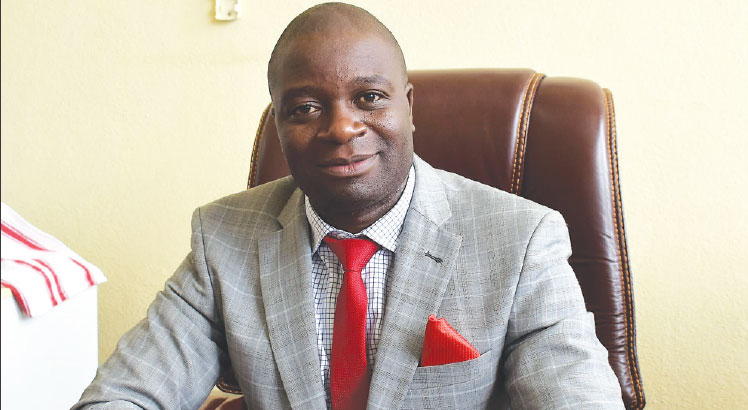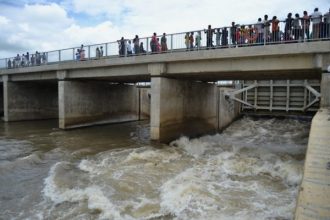Malawi industry output falls on reduced capacity
Malawi’s industrial production slumped in December 2012 compared to same period the previous year, signaling reduced capacity utilisation and productivity, according to the National Statistical Office (NSO) figures.
The country’s general industrial index, a measure of how much the local industry produced at a particular time, shows that total production fell from 184.4 in December 2009 to 137.4 in December 2012.

The NSO data indicate that consumer goods index for domestic market fell from 136.7 to 96.5, while the export goods index dropped from 221.4 to 130.5 in the same period.
However, the building and construction index rose from 113.1 to 122.7 in the same period.
Malawi’s industrial production index is calculated with 1984 as the base year and includes consumer goods for domestic market, products for building and construction and export goods.
In May 2012, Malawi adopted a bold policy decision that included devaluing the kwacha by 49 percent and subsequently liberalised the exchange rate regime and also removed subsidies on fuel and electricity.
The bold policy changes have resulted in improved fuel and foreign exchange availability.
But the policy changes prompted a steep increase in inflation rate that corroded people’s purchasing power, effectively reducing demand for goods and services.
President Joyce Banda has in recent times been contending that the industry’s capacity utilisation has improved due to improved availability of forex to import raw materials and fuel.
Government has further indicated that Malawi’s gross domestic product (GDP) grew by 6.1 percent in 2013 compared to 1.8 percent in 2012.
In an interview on Thursday, one of the country’s economic commentators, Fredrick Changaya, who is also Candlex Limited operations and marketing director while doubting the GDP growth rate, said the economy only stabilised last year.
“The policies that were implemented in May 2012 only stabilised the economy and it has to take a continuation of the policies to ensure growth this year,” he said.
Malawi Confederation of Chambers of Commerce and Industry (MCCCI) president Newton Kambala said the 6.1 percent growth rate is being overstated.
He said as a business community, they think the growth rate does not reflect the business performance on the ground.
Kambala said the shortage and erratic supply of electricity, lack of real reforms to promote exports and also over-swinging of inflation rate towards the end of 2013, retrained business growth in the year.
He said the macroeconomic environment last year failed to restore investors’ confidence in doing business.
Malawi’s GDP is composed of about 29 percent agriculture, approximately 19 percent industry and around 52 percent services.





